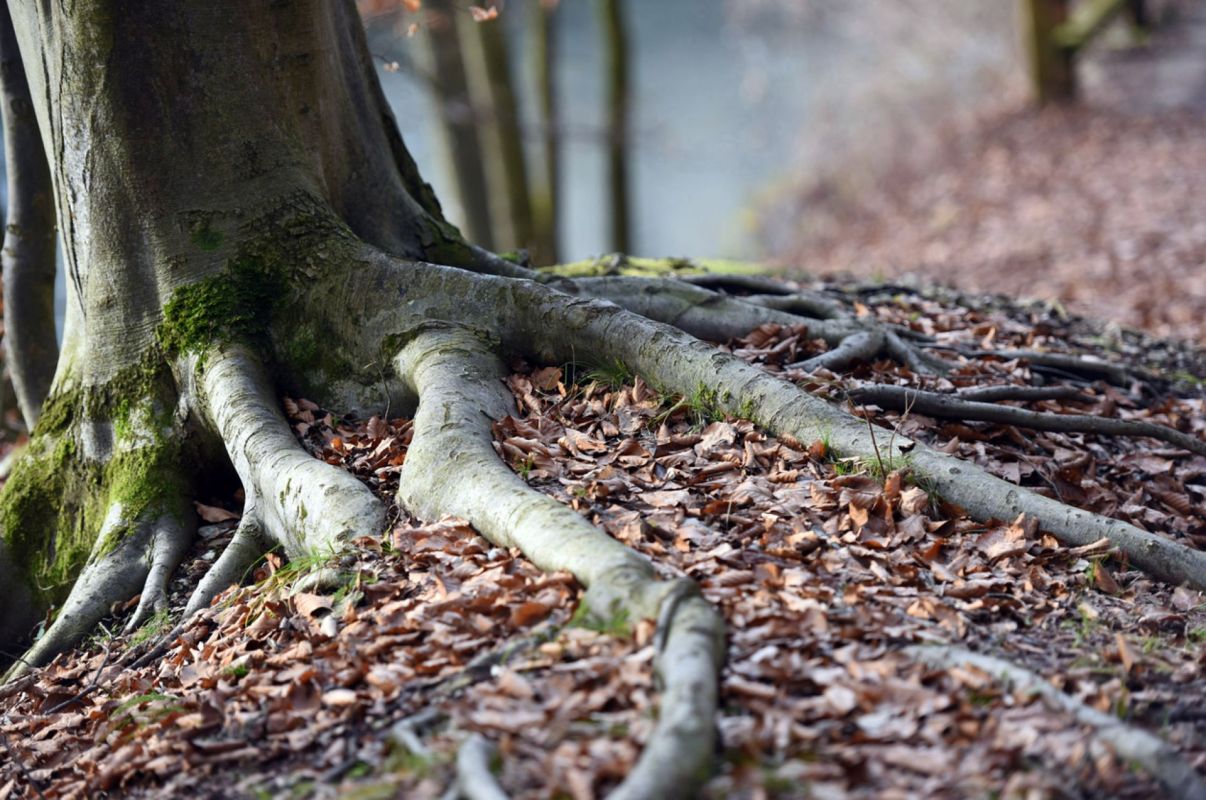Scientists are growing increasingly concerned about the spread of beech leaf disease in the United States, with the leaves of beech trees across the country disappearing or quite obviously dying.
According to NBC News, the problem has now been identified in 12 states, but the culprit may have been found.
Microscopic parasitic worms are causing havoc among the beech tree population, and they could have a notable effect on vital ecosystems.
What's happening?
The beech tree has an important ecological impact and is being attacked across the United States by nematodes.
The NBC News report said the creature was first discovered in 2017 by plant pathologist David McCann. The subspecies, with the latin name Litylenchus crenatae mccannii, has been causing disease in beech trees after feeding on their buds and branches. As the parasites multiply, leaves begin to crinkle and show dark bands.
Eventually, the parasites cause enough damage to limit a tree's ability to photosynthesize, leading it to die.
"It was shocking how much it had advanced within those stands," said Danielle Martin, a forest pathologist for the U.S. Forest Service. Martin couldn't believe the devastation after going back to an infected area in Cleveland a few years after her first visit. "It was just a dark, dead forest," she said. "I think my jaw dropped."
Why is this a problem?
It is the first known nematode to infect such a large species of forest tree, per NBC News. But the nematodes can also be a problem for root vegetables.
Perhaps the most concerning aspect of the nematode's presence is that they can cause cellular damage in trees. Citing research from the U.S. Agriculture Department, NBC News said the impacts that the nematodes have on this foundational tree species is similar to the way cancer cells affect the bodies of mammals.
Beech trees are particularly important to black bears and wild turkeys, as they produce a high-fat nut that is important in the diets of both animals. Meanwhile the protection provided by beech tree canopies and the cavities in the tree trunks provide a habitat for a number of birds and insects.
How can we stop the nematodes?
Research is still being conducted to determine the best way to remove nematodes and prevent beech leaf disease.
However, some promising results have been seen with a fungicide known as Broadform. Scientists have also been encouraged by another experimental solution. But it's not having the same impact in all cases.
"Some sites showed a dramatic reduction in nematode numbers and improvement in beech health, while at other sites, BLD progressed seemingly unabated," plant pathologist Matt Borden said.
Scientists are calling on increased attention and funding for a problem that is not seen to be as serious as it is.
"[Lack of funding is] a real problem," Margery Daughtrey, an associate in the School of Integrative Plant Science at Cornell University, said. "This is threatening to eliminate an important Northeastern tree species."
Join our free newsletter for cool news and cool tips that make it easy to help yourself while helping the planet.









